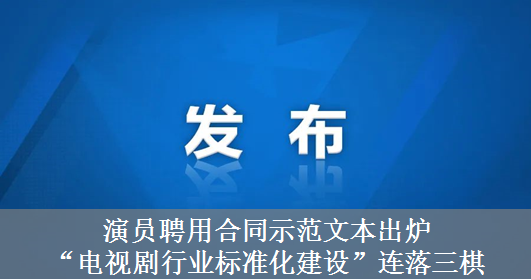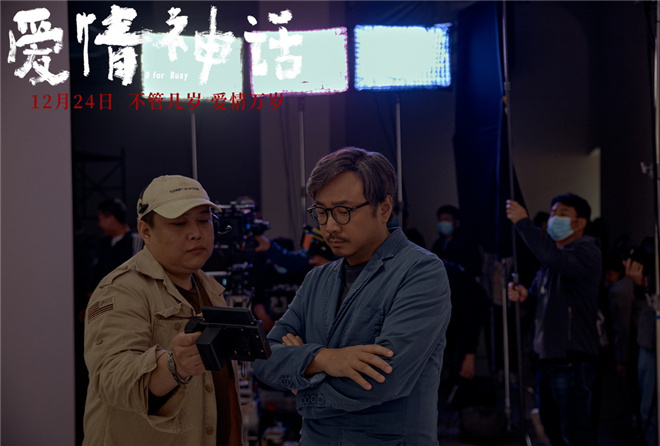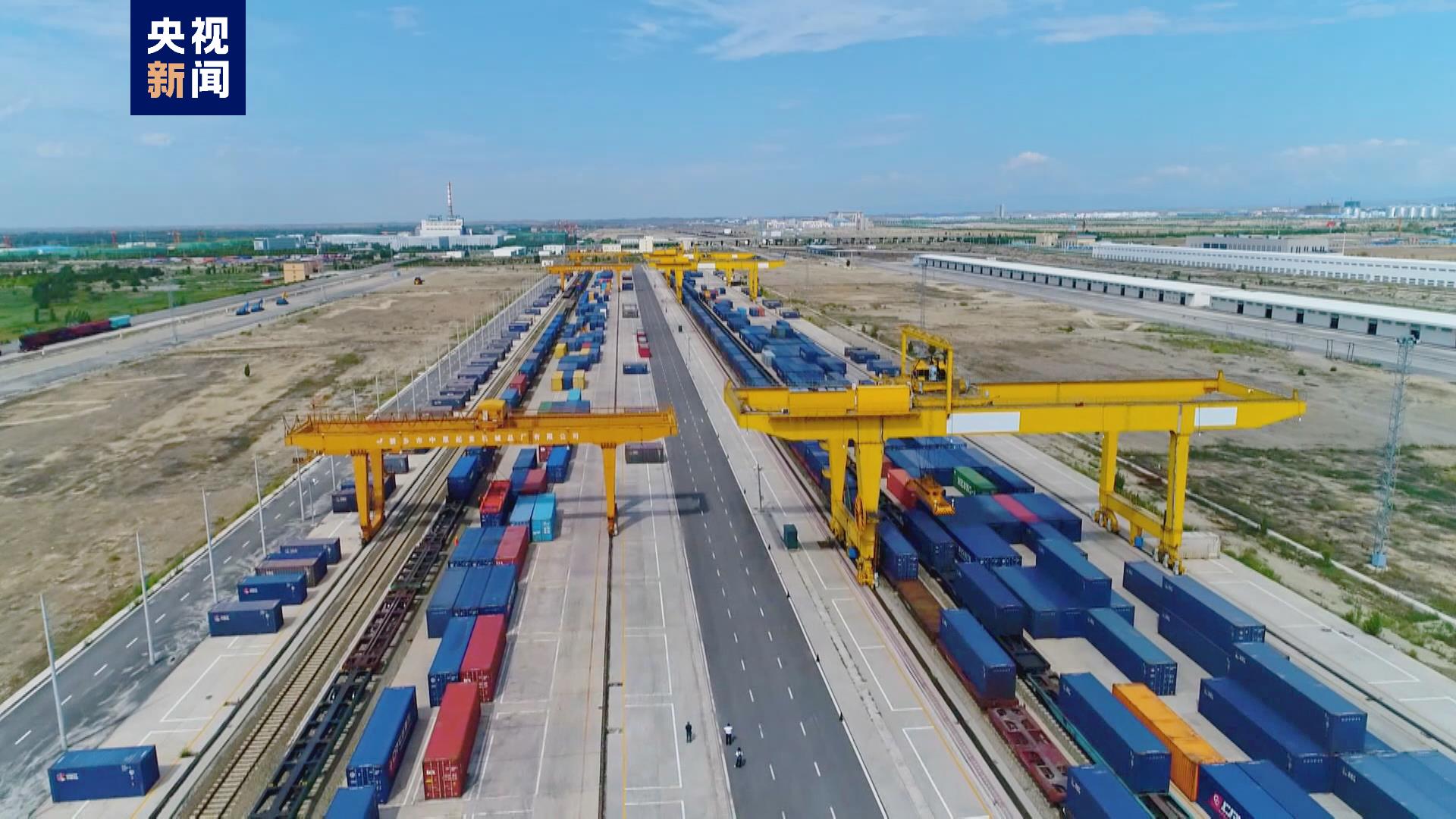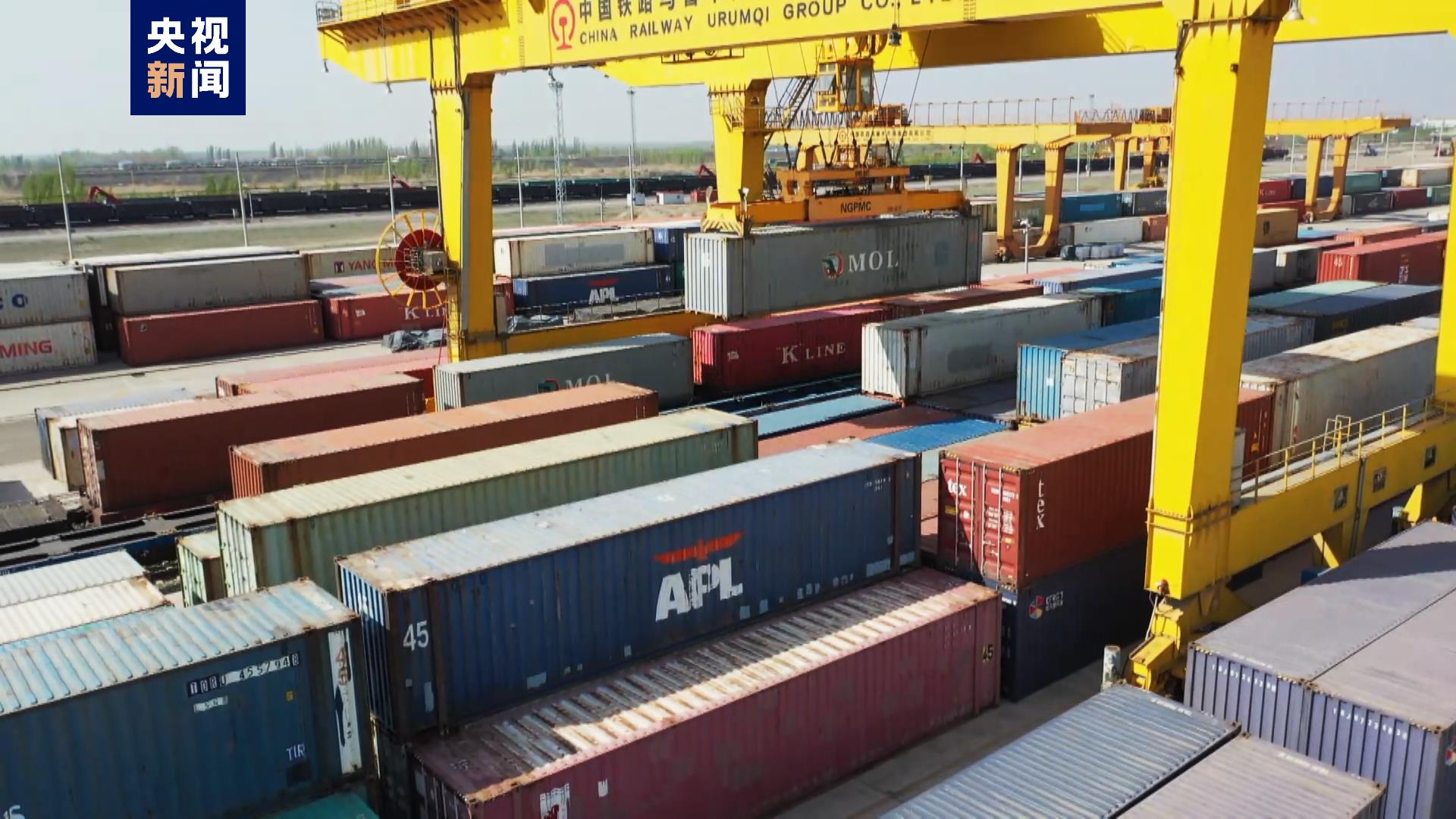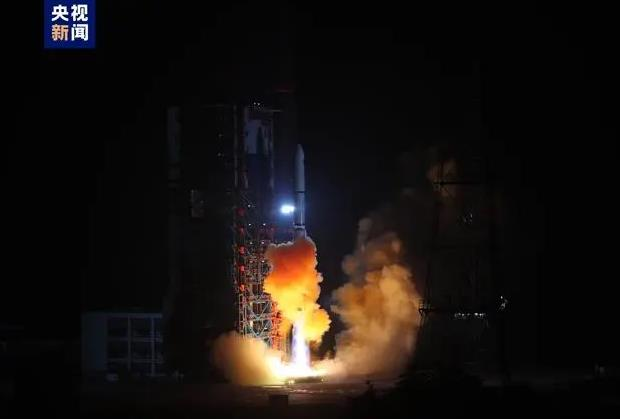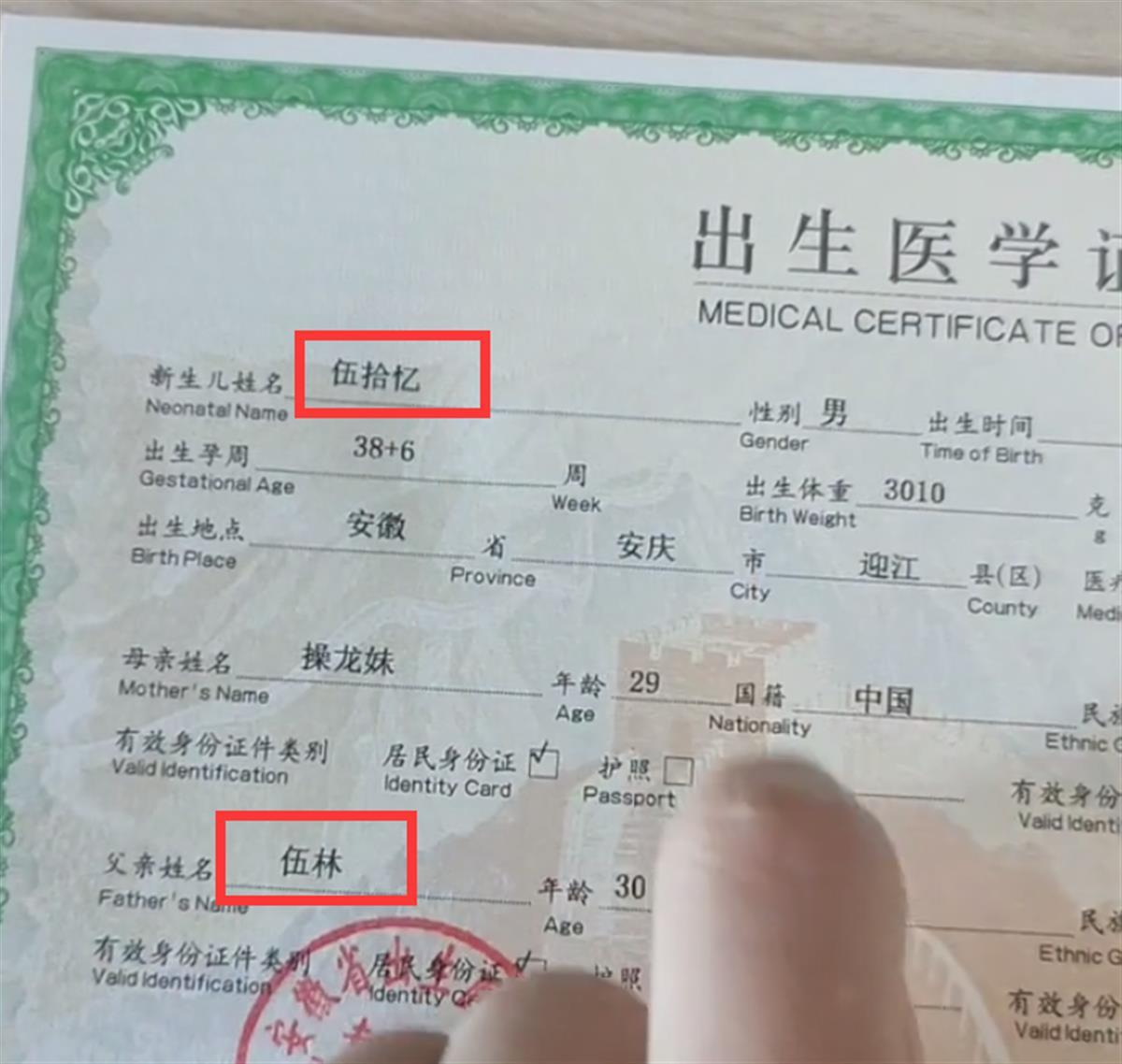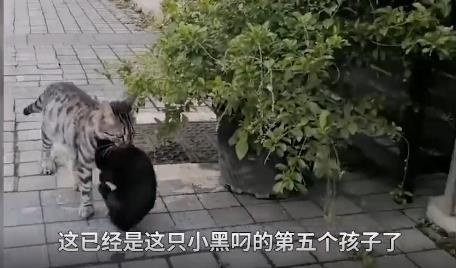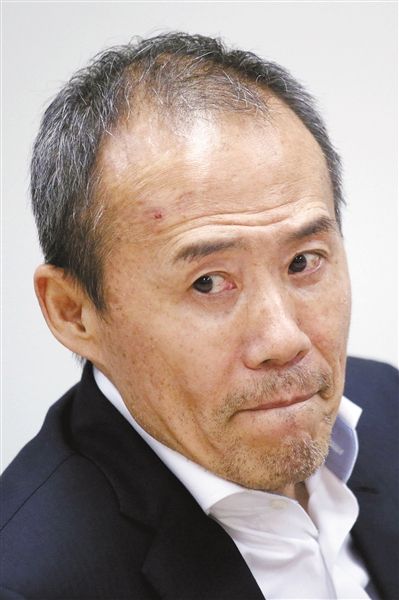
In the People’s Hospital of Dongyang City, Zhejiang Province, citizens are using mobile phone WeChat to scan the code to pay for outpatient service. Photo by Bao Kangxuan (people’s picture)
"Increase the speed and cost reduction of the network, achieve full coverage of high-speed broadband in urban and rural areas, expand the scope of free Internet access in public places, significantly reduce the use fees of home broadband, corporate broadband and private lines, cancel the" roaming "fee for traffic, and reduce the mobile network traffic tariff by at least 30% during the year, so that the masses and enterprises can benefit effectively and contribute to the construction of digital China." This year’s government work report once again sent out a "big gift package" for speeding up and reducing fees on the Internet, which won the applause of the people. Why does China vigorously promote the network to "speed up and reduce fees"? What are the highlights and significance of "speeding up and reducing fees"?
Highlight 1: the net fee is "reduced" to get a sense of gain.
Before July 1, the national roaming fee for traffic will be cancelled, and the mobile network traffic tariff will be reduced by at least 30% during the year & hellip; … Careful people will find that the goal of "speeding up and reducing fees" set by the national network this year is very specific, which shows the determination and confidence of the China Municipal Government on the issue of "speeding up and reducing fees".
In fact, in the past few years, China has already handed over a brilliant report card for speeding up and reducing fees.
"Since the speed-up and fee reduction for three years, the unit price of domestic broadband users has dropped by 90%, and the unit price of mobile communication customers has dropped by 83.5%. On September 1 last year, the long-distance roaming fee for mobile phones, which attracted the attention of the people of the whole country, was finally cancelled. " Miao Wei, Minister of Industry and Information Technology, said.
However, the "roaming fee for mobile phone traffic" that consumers care about has not been cancelled yet. This year’s government work report pays full attention to this concern of the people and specifically proposes to cancel the "roaming" fee for traffic. It can be seen that the top-level design responds quickly, accurately and vigorously to the needs of the people.
"Let information run more and let people run less errands" is a vivid interpretation of the convenience of information technology for people’s lives in the Internet age. According to statistics, as of December 2017, the number of mobile phone users in China has reached 753 million, and the average weekly online time of netizens has increased to 27 hours. It can be seen that online life has become a vital part of daily life in Chinese, and speeding up and reducing fees has effectively reduced the total social cost and brought people more real sense of gain. For example, from the end of 2014 to the end of 2017, the average cost of users using 1GB of traffic has dropped from 139 yuan to 23 yuan.
By subtracting the traffic cost, Chinese can get more convenience from online life, and then the quality of life can be improved visibly.
Highlight 2: Internet speed "adds" competitiveness.
On the issue of speeding up and reducing fees, China’s institutional advantage of concentrating on major events has once again emerged. As soon as this year’s government work report has set a certain target, the three major operators of China Network have made statements, and will resolutely implement the national policy requirements and work arrangements for speeding up and reducing fees, actively take corresponding measures, and make full efforts to speed up and reduce fees as a key task.
China Mobile said that it will go all out to promote the full coverage of high-speed broadband in urban and rural areas, significantly reduce the use fees for home broadband, corporate broadband and private lines, cancel the "roaming" fee for traffic, and reduce the mobile network traffic tariff by at least 30% during the year. China Telecom said that it will provide consumers with more intelligent information services that are useful, affordable and well used; China Unicom said that in 2018, it will vigorously promote in-depth cooperation and collaboration with strategic investors, build a boutique network, innovate marketing models and reduce tariff levels. For enterprises, although "speeding up and reducing fees" has done "subtraction" in the price of network fees, in the long run, it has done "addition" and improved the competitiveness of enterprises.
In fact, since "speeding up and reducing fees", the basic telecommunications enterprises in China have not reduced their income because of speeding up and reducing fees. On the contrary, from 2014 to 2017, the growth rate of telecom business revenue in China increased from -1.6% to 6.4%. What is the reason? The decrease of tariff drives the increase of usage, which makes the total income of telecom enterprises increase. The data shows that from the end of 2014 to the end of 2017, the average monthly traffic usage per user in China increased from 209M to 1.7GB. The increase in demand brought by the fee reduction has effectively driven the increase in the total income of telecom enterprises.
At the same time, "speeding up and reducing fees" has also promoted the transformation and upgrading of the communications industry to a certain extent. The speed of network speed and the level of tariff are the important basis for people to choose and evaluate communication operators. Under the background of "speeding up and reducing fees", the competition among operators is becoming increasingly fierce. Innovation ability, service quality and business model have become the key to who can win, which has also effectively promoted the upgrading of the communication industry.
"Speed up ‘ Mention ’ The purpose is the competitiveness of enterprises and the reduction of fees ‘ Drop ’ It is the total cost of society. " Miao Wei said that in the next step, the Ministry of Industry and Information Technology will focus on continuously increasing efforts to reduce mobile phone traffic charges, home broadband charges, enterprise broadband charges and private line charges, so as to effectively benefit the masses and enterprises and contribute to the construction of digital China.
Highlight 3: The economy "multiplies" high quality.
In essence, China’s measures to speed up and reduce network fees are rooted in profound social foundation and development logic. At present, China’s economy has changed from a high-speed growth stage to a high-quality development stage. In the process of supply-side structural reform, the digital economy plays an important role in optimizing the economic development structure of China and promoting the transformation and upgrading of major industries.
And "speeding up and reducing fees" will not only benefit thousands of households, but also promote the development of digital economy, play a "multiplication effect" and push forward the construction of a network power. The data shows that in the past three years, speeding up and reducing fees has effectively promoted the vigorous development of information consumption and digital economy. As of 2017, the total information consumption in China reached 2.2 trillion yuan, a year-on-year increase of 22%; The scale of digital economy reached 27.2 trillion yuan, accounting for 32.9% of GDP. The accelerated landing of new technologies, new services and new formats such as big data, artificial intelligence and 5G will further push the development of digital economy in China to the forefront of the world.
Today, China has fully entered the 4G era and is moving towards the 5G era. As the country with the widest optical fiber coverage and the highest total number and proportion of optical fiber broadband users in the world, China needs to maximize the advantages of network infrastructure by "speeding up and reducing fees" to promote the development of digital economy.
At the same time, "speeding up and reducing fees" has effectively promoted the transformation and upgrading of traditional industries in China. Taking the manufacturing industry as an example, the Guiding Opinions of the State Council on Deepening "Advanced Manufacturing Industry in internet plus" issued in November 2017 pointed out that the network transformation and upgrading should be promoted to speed up and reduce fees. Facing the network needs of enterprises with low delay, high reliability and wide coverage, we will vigorously promote the construction of internal and external networks of industrial enterprises. Nowadays, "speeding up and reducing fees" vigorously promotes the construction of domestic industrial internet, thus creating a favorable technical environment for promoting the transformation and upgrading of traditional industries, accelerating the development of intelligent manufacturing, and building a manufacturing power.
This year’s government report pointed out that it will vigorously promote high-quality development and focus on solving the problem of insufficient development imbalance. In this respect, it is undoubtedly an important part to promote high-quality development by "speeding up and reducing fees" and making the Internet benefit a wider range of users, including rural and remote areas.
In this regard, Chen Zhaoxiong, Vice Minister of the Ministry of Industry and Information Technology, said that in the future, the Ministry of Industry and Information Technology will complete the task of connecting 130,000 administrative villages with optical fiber on time and in good quality; Guide basic telecommunications enterprises to accelerate the widespread deployment of 4G networks in rural and remote areas; Further strengthen the coordination between departments, promote the popularization of broadband network applications in rural areas, and help rural revitalization and development.








